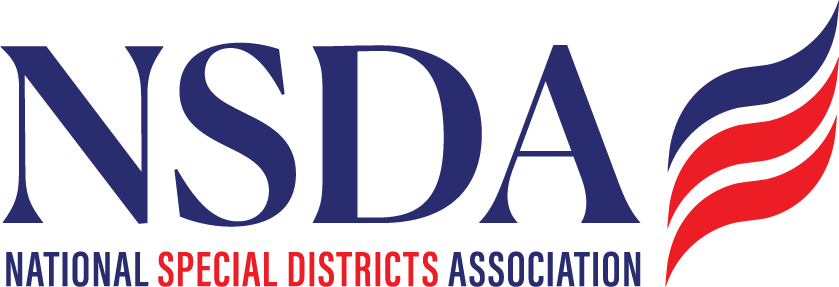Biden Signs NSDC-Supported Bills to Enhance Mitigation Support in Vulnerable Communities, Review Federal Response to Wildfire
December 20, 2022
President Joe Biden signed on Tuesday two bills NSDC has supported in the 117th Congress that are aimed to boost federal support for disaster mitigation projects in the nation’s most vulnerable communities and directs a review of how federal agencies coordinate and respond to wildfire.
Biden signed S. 3875 (Peters), the Community Disaster Resilience Zones (CDRZ) Act and the S. 3092 (Padilla), the FEMA, Improvement, Reform, and Efficiency (FIRE) Act, along with a series of other bills at the White House on December 20. NSDC supported both bipartisan bills throughout the legislative process. The Coalition was part of the CDRZ Act’s first support coalition push in March 2022, and appreciated Senator Alex Padilla, D-Calif., involving NSDC as an early stakeholder in the FIRE Act’s development.
Both bills will bring forward policies that impact how the Federal Emergency Management Agency (FEMA) approaches its response before, during, and after certain types of disaster.
The CDRZ Act codifies the existence and maintenance of a FEMA mapping tool that uses a series of data points on existing community resiliency capacity, economic impacts, and social vulnerabilities stemming from 18 different hazards. FEMA does so at the census tract level, and currently displays this data in a readable format in the National Risk Index map. FEMA will be required to leverage its data to designate every five years either the top 50 most at-risk census tracts or the top 1 percent of the most at-risk census tracts, whichever is greater, in each state as “Community Disaster Resilience Zones.” These resilience zones would be named with geographic diversity considering urban, suburban, and rural, as well as coastal and inland areas.
As a result of a resilience zone designation, FEMA will, under this future program, increase its cost share on hazard mitigation projects in eligible census tracts from 75 to 90 percent. Project eligibilities would be based on the Building Resilient Infrastructure and Communities program and leverage the Disaster Relief Fund to provide financial, technical and other assistance for state and local governments’ projects to increase community resiliency.
In a similar policy realm, the FIRE Act will lay groundwork for further legislative action in the coming years as it directs reviews and studies of federal fire programming.
The new law addresses discrepancies in federal response before and after wildfire events and would require FEMA to review its response to wildfire and further examine factors of fire in the Agency’s damage assessments. The National Weather Service and National Oceanic and Atmospheric Administration will also collaborate with FEMA to develop a process to enhance pre-disaster preparation when fire weather is forecast.
The FIRE Act would also require the Government Accountability Office (GAO) to report on cracks in FEMA’s programs and response related to wildfire compared to other hazard as well as an overview of the Agency’s overall effectiveness in responding to wildfire. GAO’s report would also include recommendations for FEMA to improve the assistance application process and to expedite the turnaround time on disaster assistance and grant programs.
Removed from the bill since its introduction, however, was authorization to fund relocation of critical infrastructure located in high fire hazard locations, similar to projects eligible for relocation aid under the FEMA Flood Mitigation Assistance Grant. Instead, the bill would require FEMA to report on potential costs and benefits of expanding the relocation assistance programs.
NSDC will monitor regulatory actions and update members as news on the developments of each new law.
